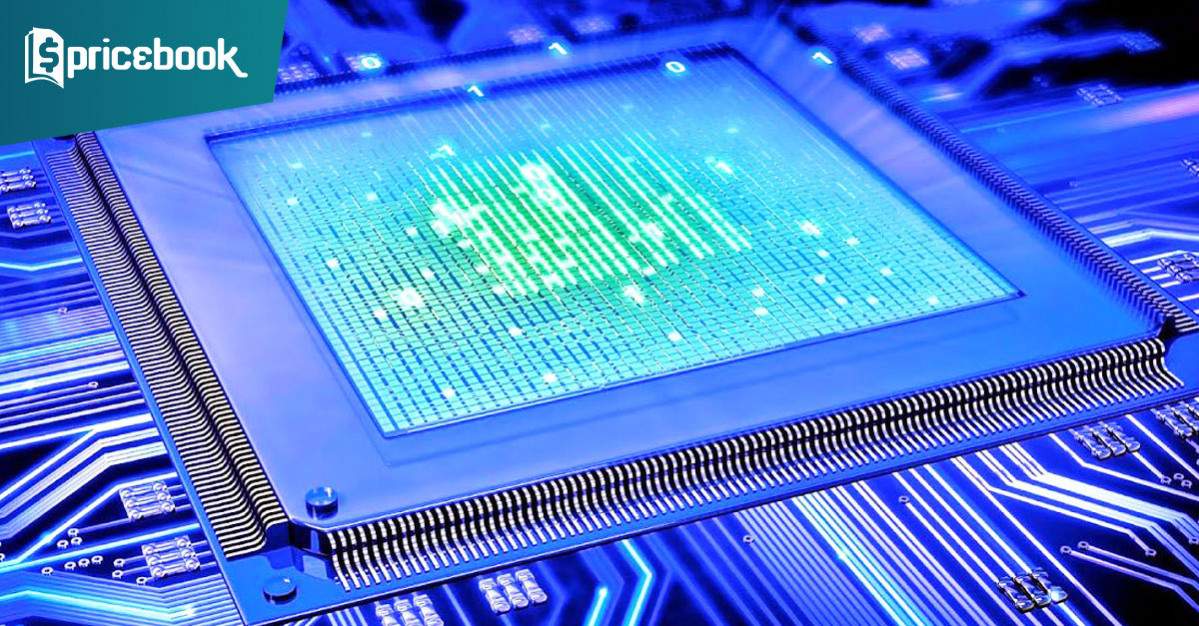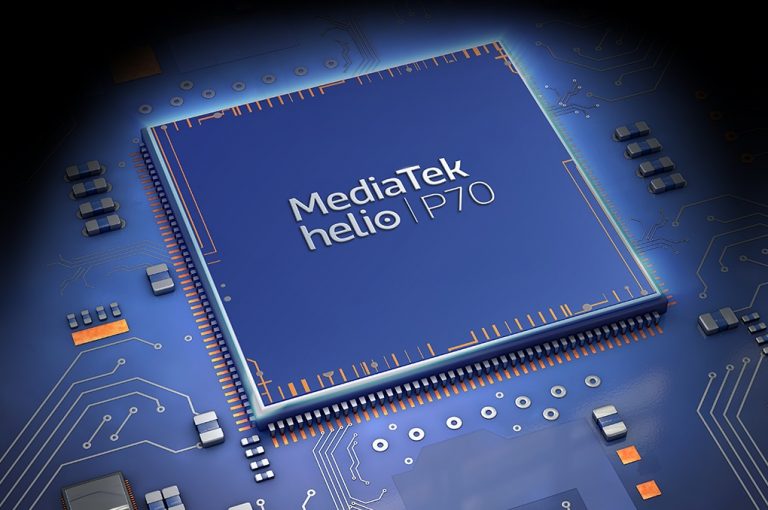

In terms of multimedia, Snapdragon 730 has Qualcomm Hexagon 688 DSP NPU with storage type as UFS 3.0 and Helio P60 has No NPU and eMMC 5.1, UFS 2.1 storage type. Answer (1 of 5): I will give you some differences here.

Multimedia and Connectivity Comparison: Snapdragon 730 vs Helio P60 It shows the maximum amount of memory supported by a chipset. Memory Comparison: Snapdragon 730 vs Helio P60įirst chipset has max size of 8 GB and Mediatek Helio P60 has max size of 8 GB. Mediatek Helio P60 has Mali-G72 MP3 GPU with GPU Frequency as 800 MHz. Dynamic frequency allows the processor to conserve power and reduce noise when it is under a light load. Qualcomm Snapdragon 730 has Adreno 618 GPU with GPU Frequency as 500 MHz. Graphics Comparison: Snapdragon 730 vs Helio P60 A larger cache time leads to faster performance. Former one has 8 core and 2200 MHz frequency and latter has 8 cores and 2000 MHz frequency. Snapdragon 730 comes up with the architecture of Adreno 600 and Helio P60 comes up with architecture of Bifrost. CPU Comparison: Snapdragon 730 vs Helio P60ĬPU speed shows how many processing cycles per second can be executed by a CPU. Snapdragon 730 has an AnTuTu benchmark score of 254669 points with CPU, GPU, Memory, UX score 94487, 64985, 49437, 40297 respectively. Geekbench is a benchmark that measures a processor's single core performance and AnTuTu score is the most popular and trustable benchmarking score which evaluates multi core performance. Check out detailed comparison with key specs below: Benchmark Comparison: Snapdragon 730 vs Helio P60īenchmark measures the performance of the CPU.

Qualcomm Snapdragon 730 has been announced on April 2019 whereas Mediatek Helio P60 has been announced on February 2018. Snapdragon 730 Vs Helio P60 Specifications Go through detailed comparison below to see the actual difference and similarity between both chipsets. In terms of Graphics, Qualcomm Snapdragon 730 has Adreno 618 GPU and Adreno 600 architecture and latter Mediatek Helio P60 comes up with Mali-G72 MP3 GPU and Bifrost architecture. Qualcomm Snapdragon 730 comes up with 8 cores, 2200 MHz frequency and on the other hand, Mediatek Helio P60 has 8 cores and 2000 MHz frequency. Qualcomm Snapdragon 730 has a AnTuTu benchmark score of 254669 and Mediatek Helio P60 has AnTuTu score of 171490. But it has excellent efficiency when you’re running less-intensive tasks that will only utilize the low-power Cortex-A53 cluster.What is the difference between Qualcomm Snapdragon 730 and Mediatek Helio P60? Should you buy phone having Qualcomm Snapdragon 730 or should go for Mediatek Helio P60? Well, you'll get all your questions cleared here.Compare two chipset models on the basis of their benchmark score (AnTuTu and Geekbench), pros and cons, technical specs categorised into gaming, CPU, GPU, Multimedia, and Connectivity. While it is better in efficiency as compared to G90T, G70 & 675, the difference isn’t that great simply because while running Heavy tasks, the high frequency (2.3 GHz) negates most of the efficiency that it gained with the help of 10 nm process. Answer (1 of 7): Snapdragon 730 MediaTek Helio G90T SDM730 Octa-core (2x Kryo 470 Gold (A76) 2.2 GHz 6x Kryo 470 Silver 1.8 GHz (A55) ) MTK G90T Octa-core (2x 2.05 GHz Cortex-A76 6x 2.0 GHz Cortex-A55 2.0 GHz) SDM730 Adreno 618 MTK G90T Mali-G76 3EEMC4 800 MHz, HyperEngine, Quad-Core SDM7. Well, it’s not just the fabrication process that plays a role in power efficiency but also the CPU Architecture & Frequency. So, does that make Exynos 9611 more efficient than Snapdragon 665, 675, Helio G70 & G90T? If you want to learn more about the different fabrication nodes, then you should check out this article. It is superior to the process that is used in Snapdragon 665, 675, Helio G70 and G90T but worse than 10nm LPP Process ( Snapdragon 710 & 712) and 8nm LPP Process ( Snapdragon 720G, 730, 730G). This is the same process that was used to fabricate 2017’s flagship chips like Exynos 8895 & Snapdragon 835.

This processor is manufactured using Samsung’s 10nm LPE process which is Samsung’s 1st Generation 10nm Process. 4x Cortex-A73 at 2.3 GHz + 4x Cortex-A53 at 1.7 GHz


 0 kommentar(er)
0 kommentar(er)
